CPAP Machines and Obstructive Sleep Apnea
Today’s advanced CPAP machines could be the solution to getting the rest you need. Sleep apnea machines are used by people with congestive heart failure, chronic pulmonary disease, pneumonia, respiratory failure, COPD and asthma. But the most common use of the devices on an out-patient level is as a therapy for obstructive sleep apnea.
Obstructive sleep apnea is a condition in which the windpipe becomes blocked for as long as 60 seconds. The blockage occurs when throat muscles relax and collapse. Loud snoring is commonly associated with the condition. When the windpipe becomes blocked, the patient must wake enough to tighten the muscles of the windpipe and allow it to open.
People with undiagnosed OSA might not be aware of the frequent nighttime awakenings. Their most common complaint is daytime fatigue and excessive sleepiness. They may fall asleep while waiting at a traffic light or have difficulty remaining alert while driving.
Sleeping partners are often the first ones to notice that the OSA sufferer appears to stop breathing or seems to be struggling for breath at numerous points throughout the night. Not only does the OSA sufferer have trouble sleeping, but their bed partners have trouble sleeping, too.
Other common symptoms that sometime accompany the condition include morning headaches, difficulty concentrating, irritability, anxiety and depression. Those are actually symptoms of a lack of restful sleep combined with a lack of oxygen to the brain. Regular use of a CPAP machine should relieve those symptoms.
Less common symptoms include insomnia, frequently waking during the night to urinate (nocturia), unexplained weight gain, night sweats, heartburn or GERD, decreased sex drive, increased heart rate and high blood pressure.
According to Healthcommunities.com, a website created by physician Stanley J. Swierzewski, III, M.D. to help increase public and doctor awareness of OSA and other sleep-related disorders, more than 18 million Americans suffer from obstructive sleep apnea.
Many of those 18 million people have not been diagnosed and the condition goes untreated. If left untreated, apnea sufferers have an increased risk of high blood pressure, heart disease, stroke, diabetes, continued weight gain, obesity and clinical depression.
The complications are due to a lack of oxygen to the brain and a lack of restorative sleep. Regular use of a CPAP machine reduces the risk of those complications. The patient’s overall health and energy levels improve. There is a restored sense of well-being.
According to facts gathered during a mega-analysis of 154 scientific studies, 18 million may be an understatement. Researchers for the Mayo Clinic concluded in 2004 that approximately 1 in 5 adults suffer from mild OSA. 1 in 15 suffers from moderate OSA.
The difference between mild and moderate cases has to do with the number of apneas that occur during a measured interval of time. A sleep study is necessary to make the distinction.
An overnight sleep study is the most accurate diagnosis method. A one or two night study may be used. In order to save time, a half-night study may be used.
With a half-night study, the technician has a CPAP machine and an appropriate mask on hand. If sleep apneas are noted, the technician can immediately wake the patient, fit the mask and observe for the rest of the night. The observational period of the second half of the night replaces what would occur during the second night of the sleep study.
CPAP machines have improved in several ways as the diagnosis has become more common. They are smaller and lighter weight. Traveling with the devices is easier. The prices have come down and most insurance providers cover the units and accessories as they would other medical necessities.
If you or someone you love is bothered by snoring and/or daytime sleepiness, today’s advanced CPAP machines could be the solution to getting the rest you need.
Related Articles:


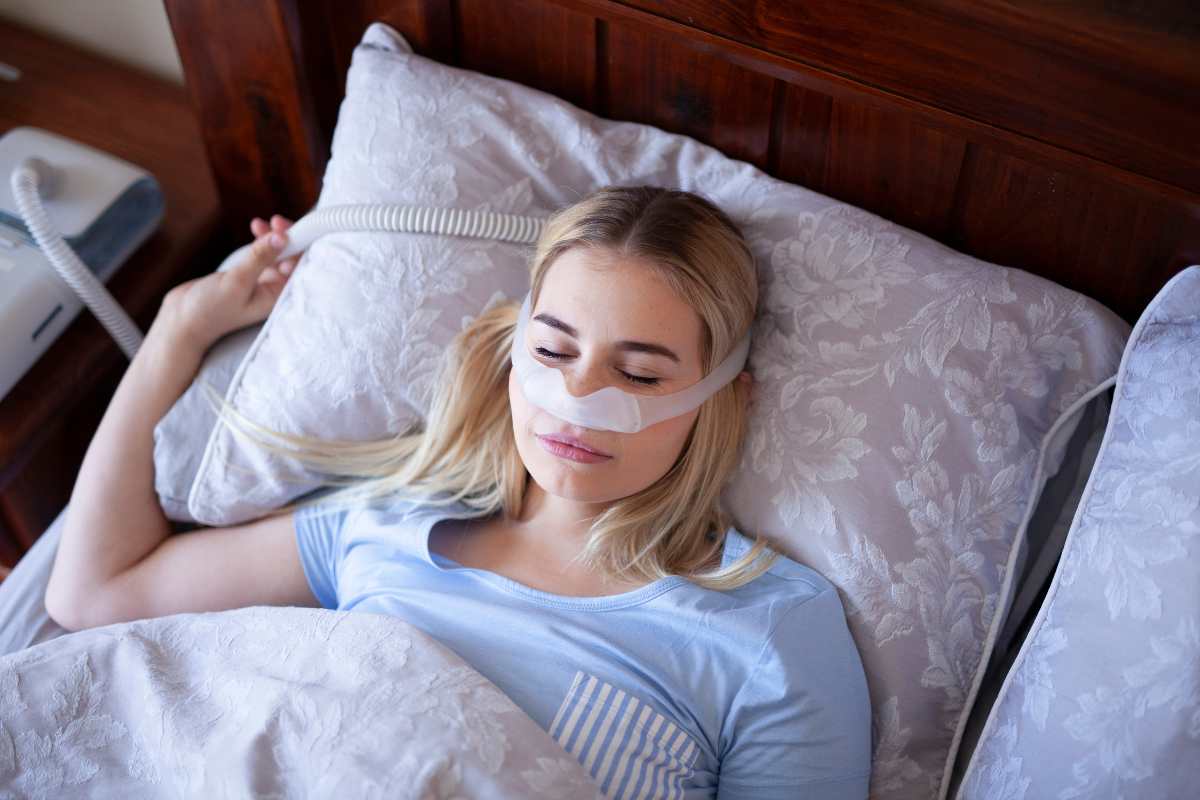
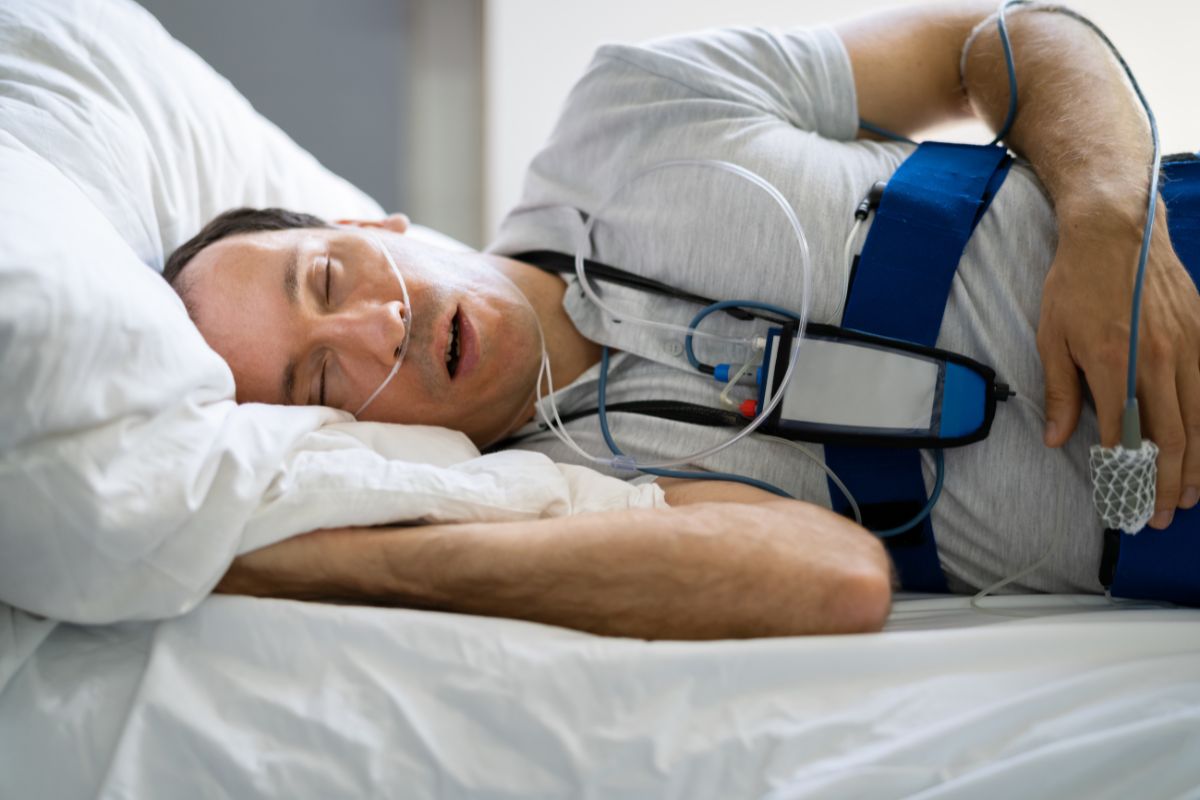
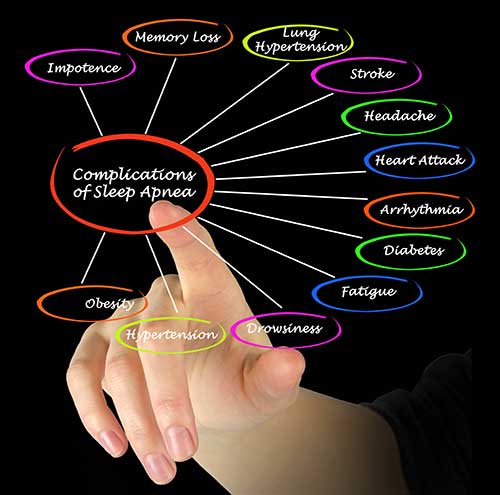
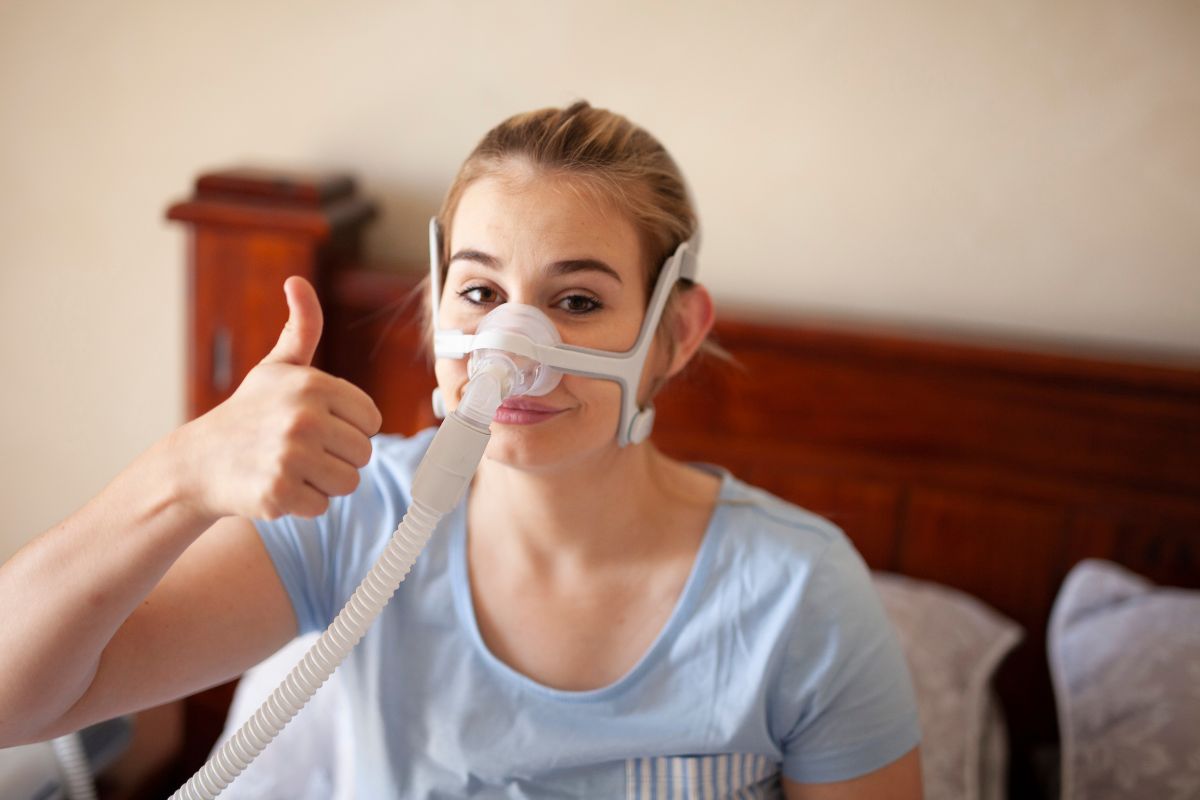
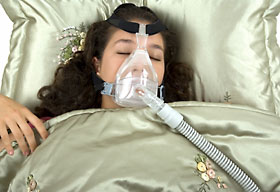
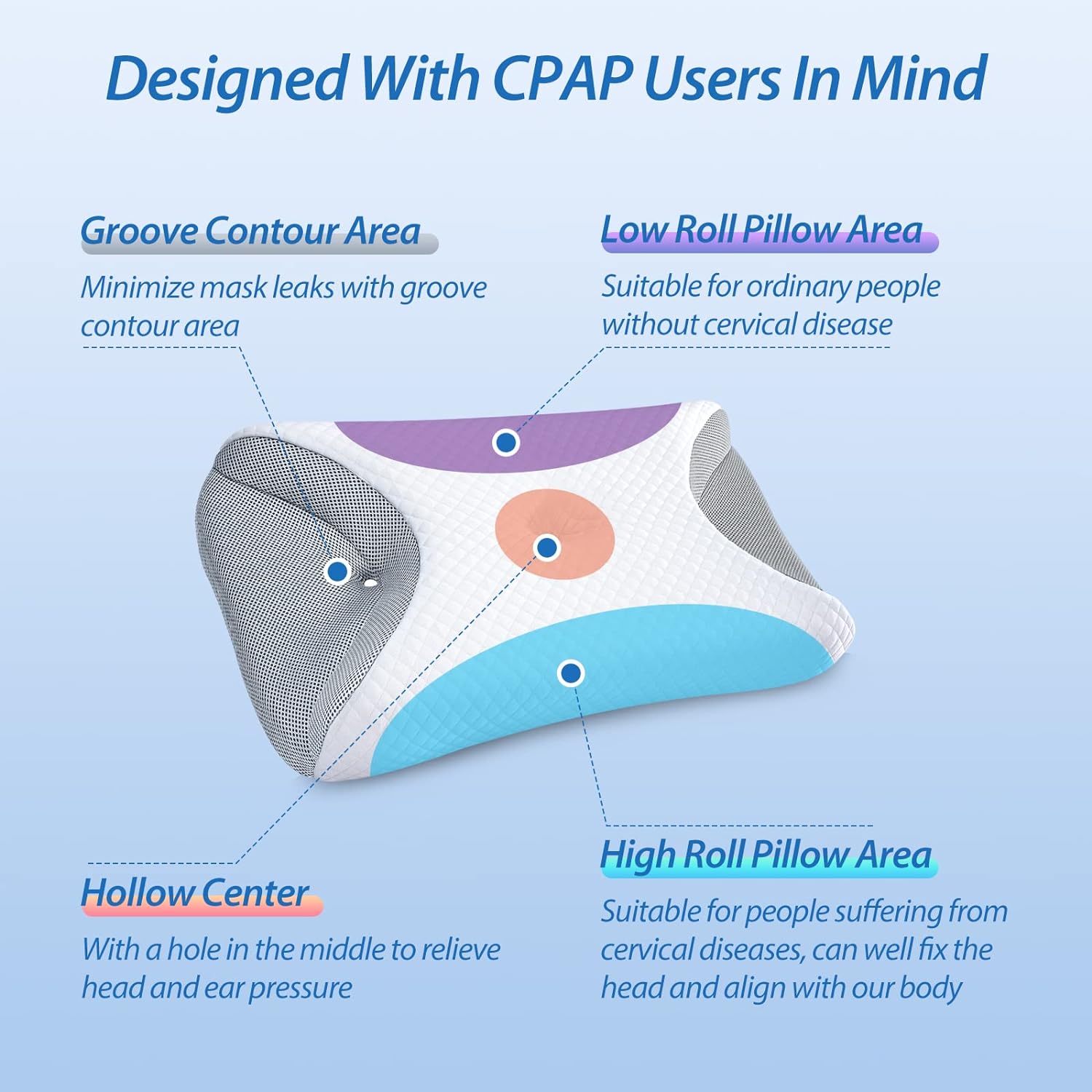

New! Comments
Share your tips and feedback. Leave me a comment in the box below.